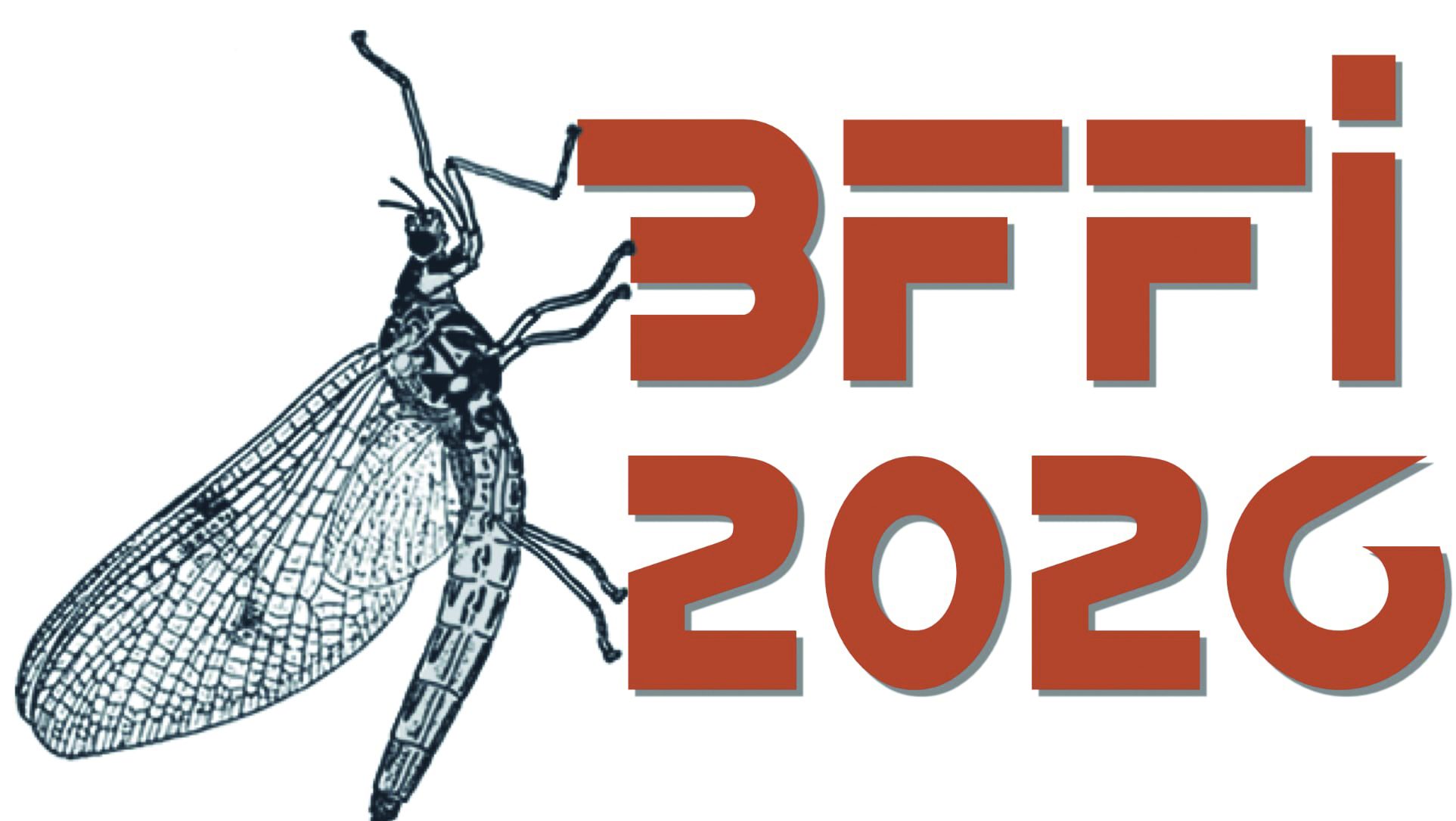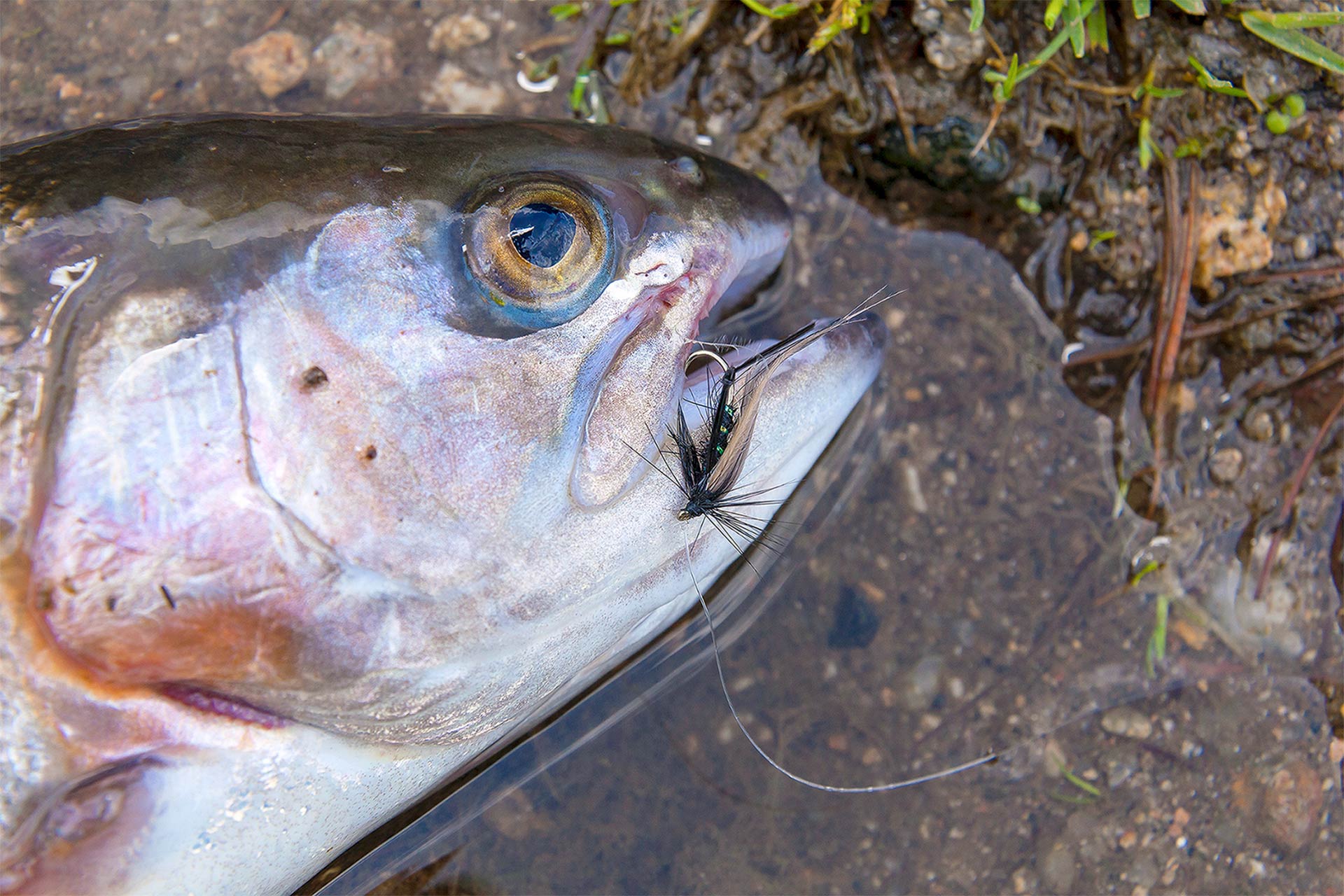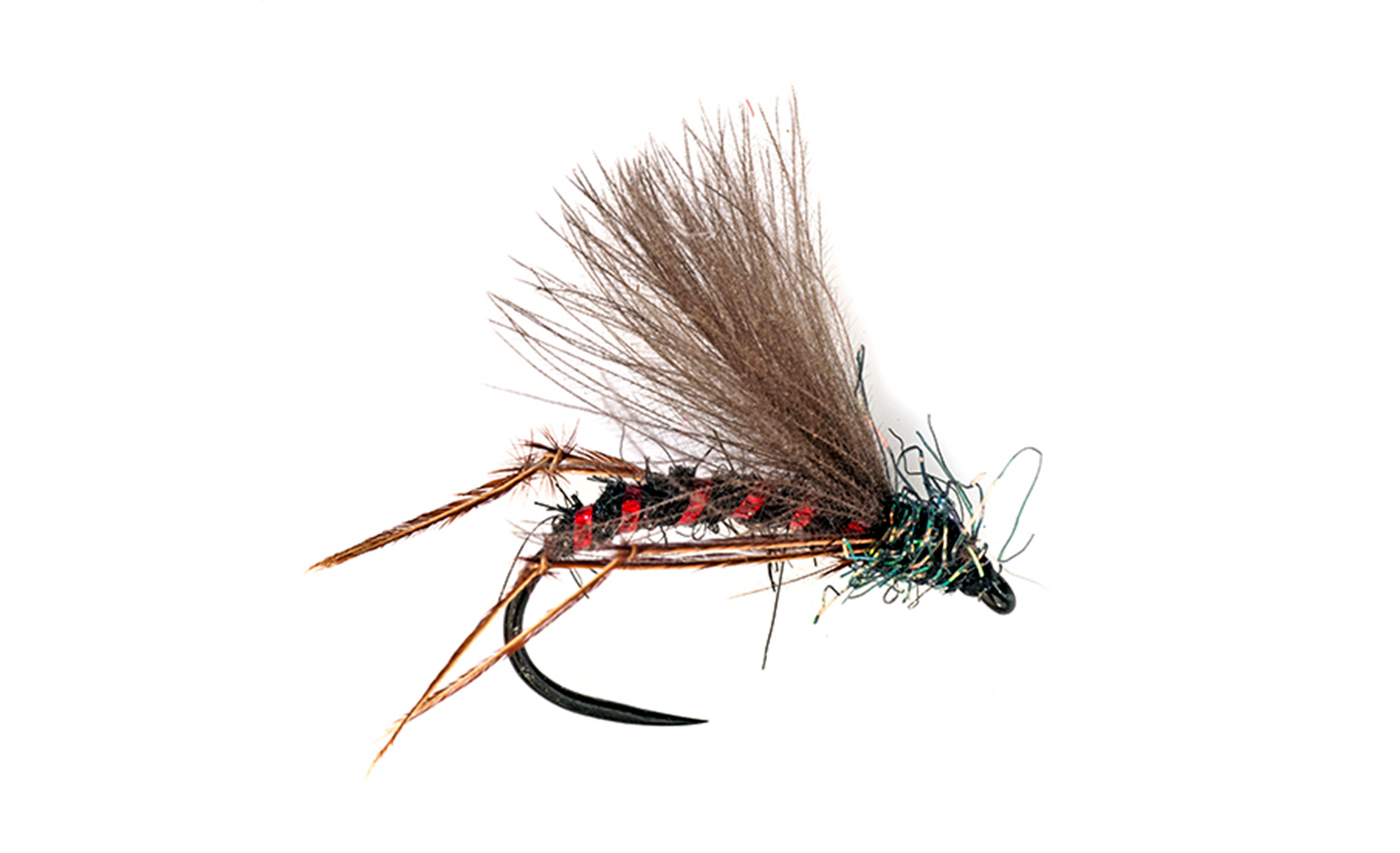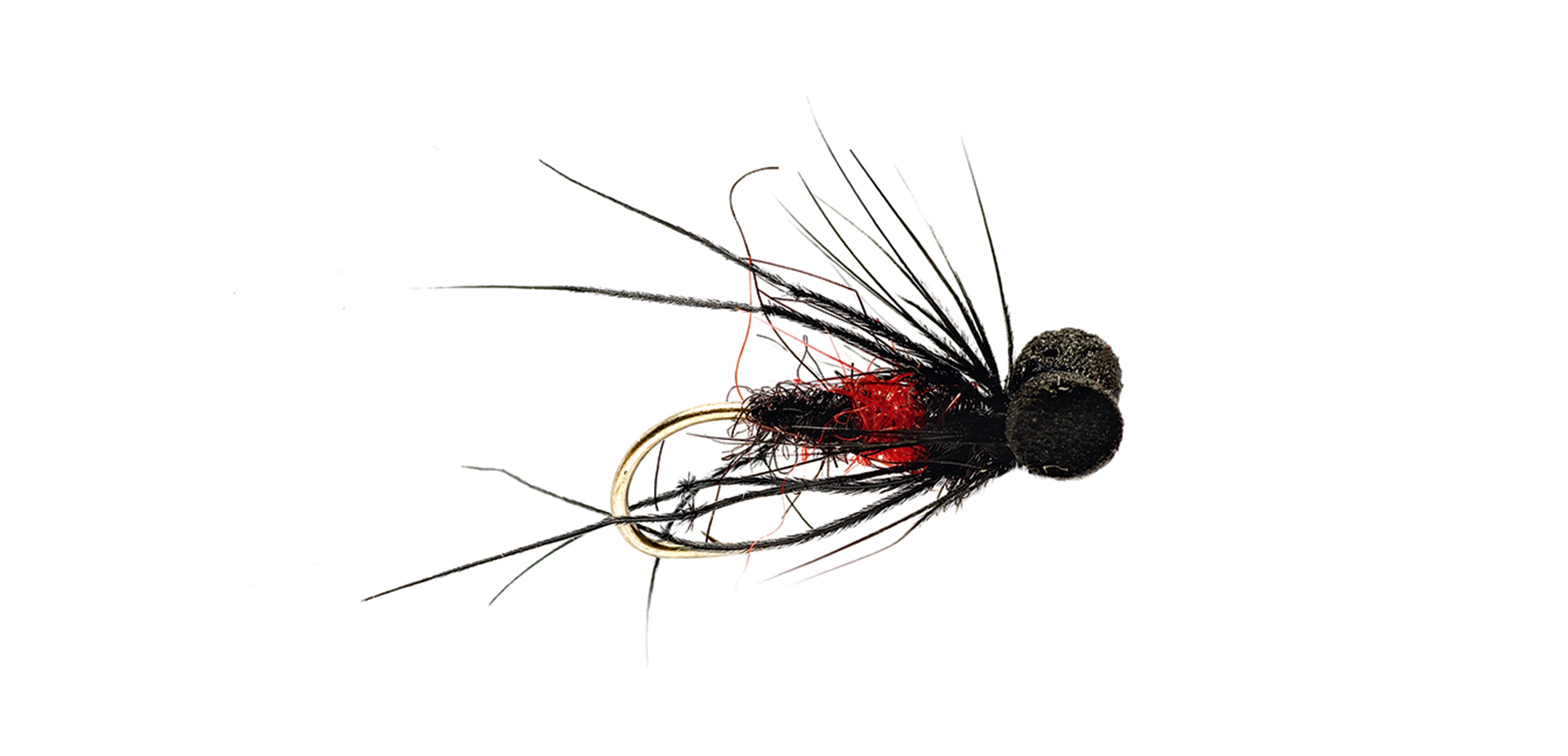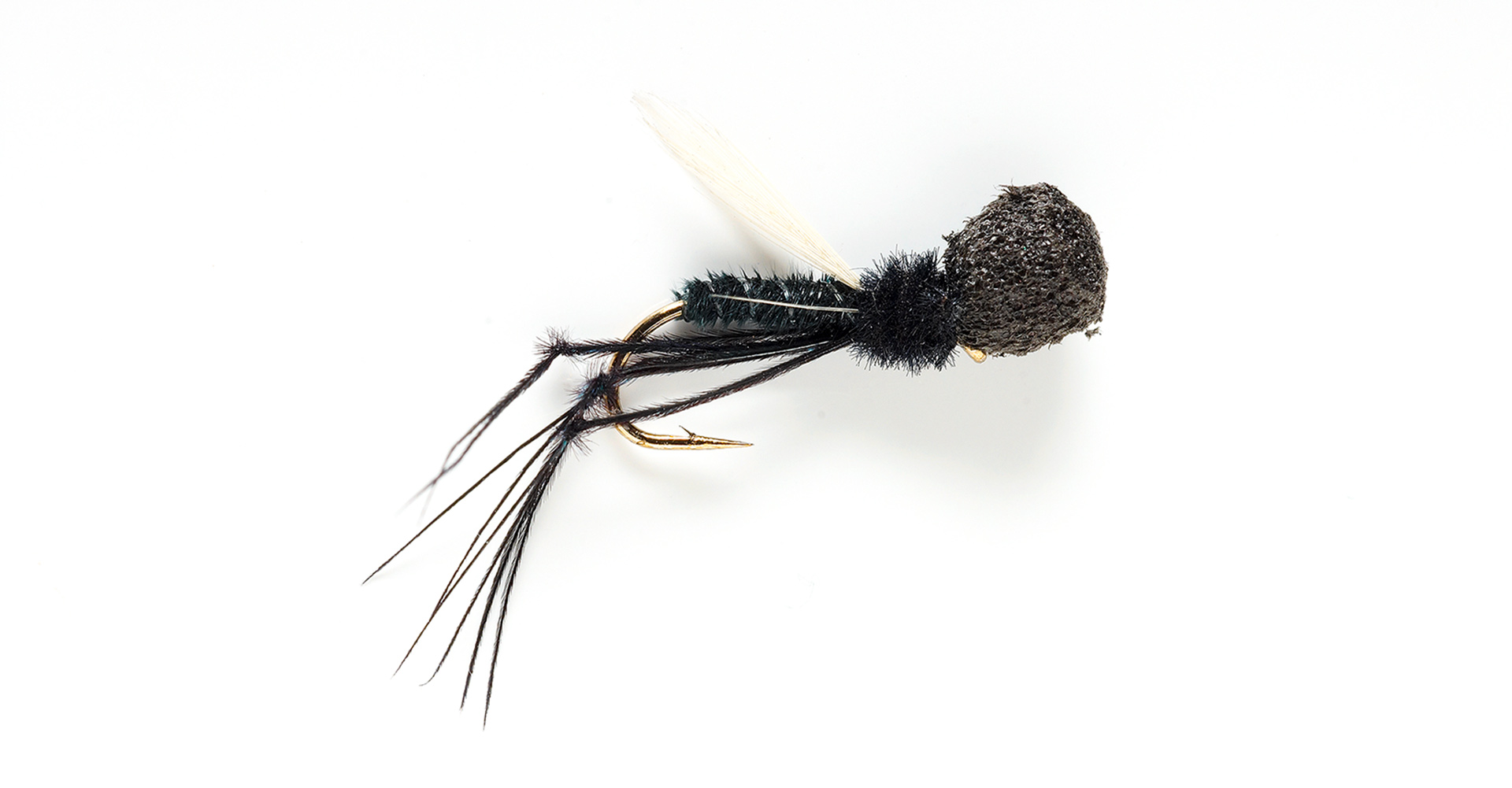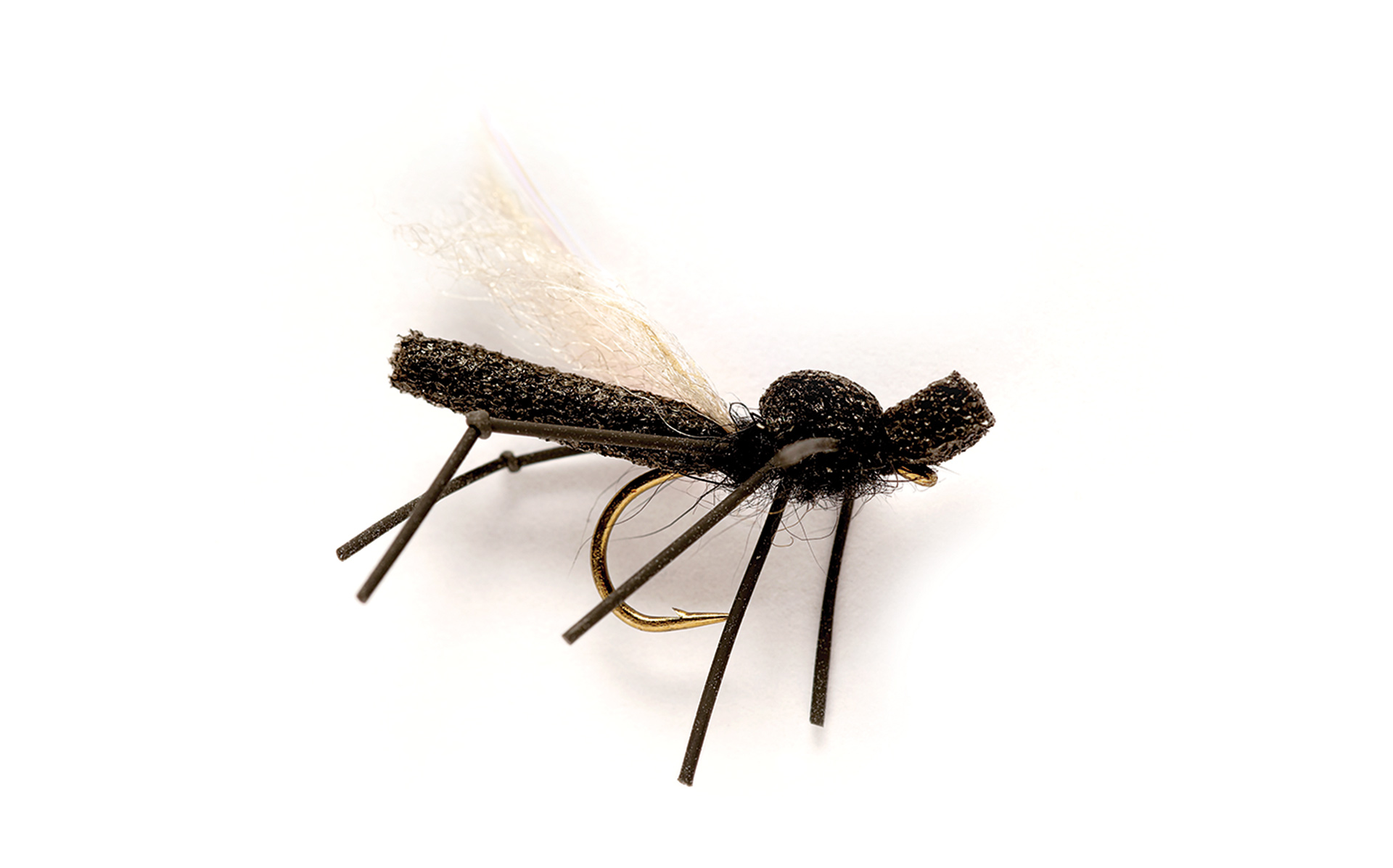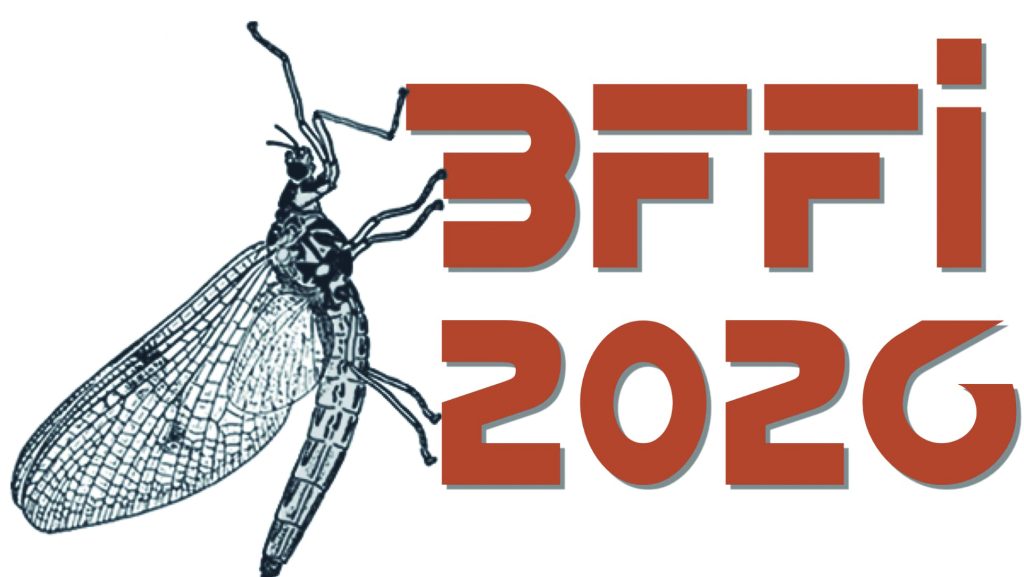How to fish the hawthorn hatch
Every spring, trout fishers keep a sharp eye out for Bibio marci – and so do the trout
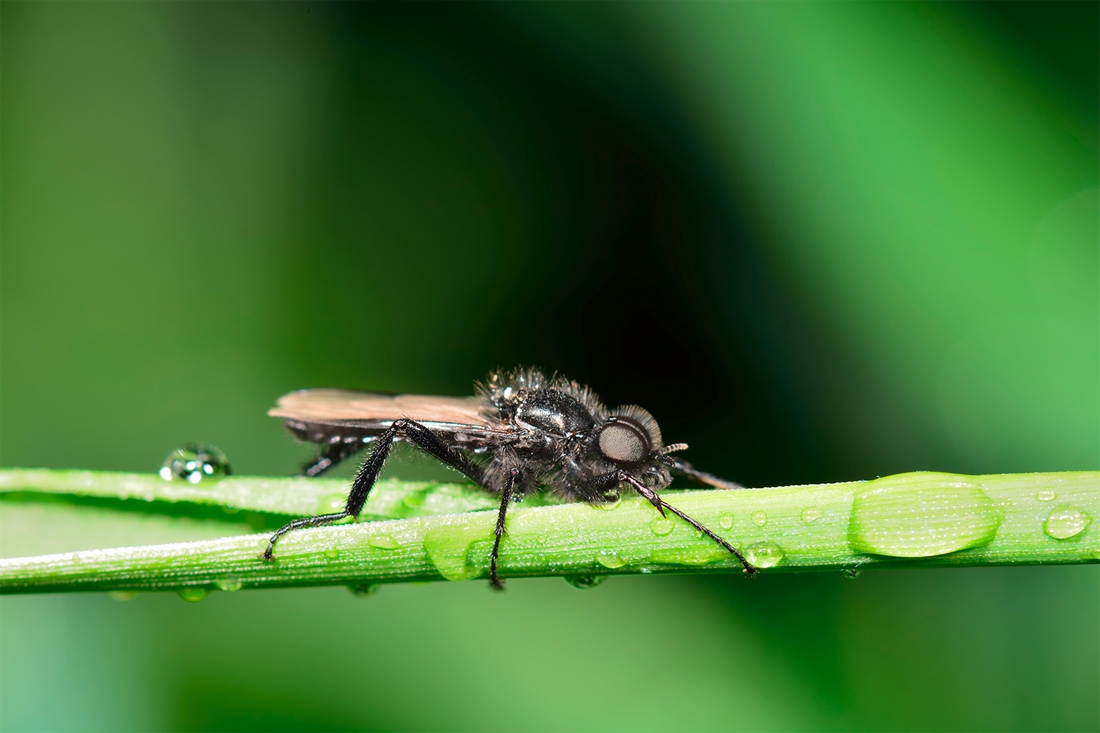
On sunny spring days when the hawthorn bushes are in full bloom, the hawthorn fly can be seen flitting about, often at head height to the angler.
Easily identified by their long black trailing legs, they can fly perilously close to water or get blown on to the surface in a decent breeze. Trout soon take note.
The right conditions for a fall of hawthorn vary from year to year, but these flies are often the first to cause a rise from fish. Female hawthorns are larger and tend to appear around April 25, which is St Mark’s day and that’s why they’re often called the St Mark’s fly. The smaller males are often around a good week prior to this.
So many small black dry flies have been created to imitate this fly closely, but in truth just about any black dry fly of similar size will get takes. Many of these black dry flies are referred to by anglers as Bibios.
Be Patient
When the trout are on hawthorn flies they often make a distinctive splashy rise, rather than the traditional head and tail rise. In many instances they’re not actually taking the fly but merely trying to drown it. This can lead to frustration if the angler attempts to strike at every opportunity.
Two-fly set-up
One of the best methods is to fish a simple two-fly set-up with a 13ft leader of 8lb fluorocarbon. With a short leader and a two-fly cast it allows the angler to make accurate fast casts at rising fish without the fear of tangles. Fast, accurate casts are essential because, with the fish being high in the water, their angle of vision is small and you must put the flies within four to six feet of them if you want to be consistently successful.
Successful flies on this set-up would be a size 12 Black Popper Hopper on the point and just 3.5ft to 4ft above it on the dropper a size 12 or 14 standard Black Hopper (this fly is not treated with floatant so sinks slowly).
Alternatively, use a single fly such as a CDC Hawthorn or Foam Hawthorn.
How to fish the flies
Make an accurate cast to any rising fish then give two sharp 2ft pulls to ‘pop’ the flies and straighten the cast. Then fish a slow figure-of-eight retrieve (with a pause for 15 seconds or so halfway back).
The trout are instantly attracted to the silhouette and disturbance of the Popper Hopper and will often move in to investigate your cast.
Takes are usually quite even between both flies, but do not strike at the rise or swirl. Instead wait until you feel the take before lifting into the fish.
Recommended patterns
CdC Hawthorn
Hook: Size 12-14 Varivas 2200BL-B
Thread: Black 8/0
Rib: Red holographic tinsel
Body: Fine black dubbing
Legs: Four natural pheasant tail fibres, knotted
Wing: Natural CdC
Thorax: Orvis peacock Ice dubbing
Bibio Hopper
Hook: Size 14 light wire hook
Thread: Black
Body: Black seal’s fur with red seal’s fur in middle
Rib: Fine pearl tinsel
Legs: Black knotted pheasant tail fibres
Hackle: Black cock hackle
Suspender Hawthorn (Popper Hopper)
Hook: Size 12 standard shank
Body: Black feather fibre (crow or dyed pheasant tail)
Legs: Single knotted black pheasant tail
Wing: White cock hackle points
Thorax: Micro black chenille
Head: Black ethafoam cylinder
Foam Hawthorn
Hook: Size 14 medium weight
Thread: Black
Body: Black micro-cellular foam
Wing: Grey poly-yarn and pearl Mirror Flash
Thorax: Black rabbit fur
Thorax cover: Black micro-cellular foam
Legs: Fine, black rubber legs

